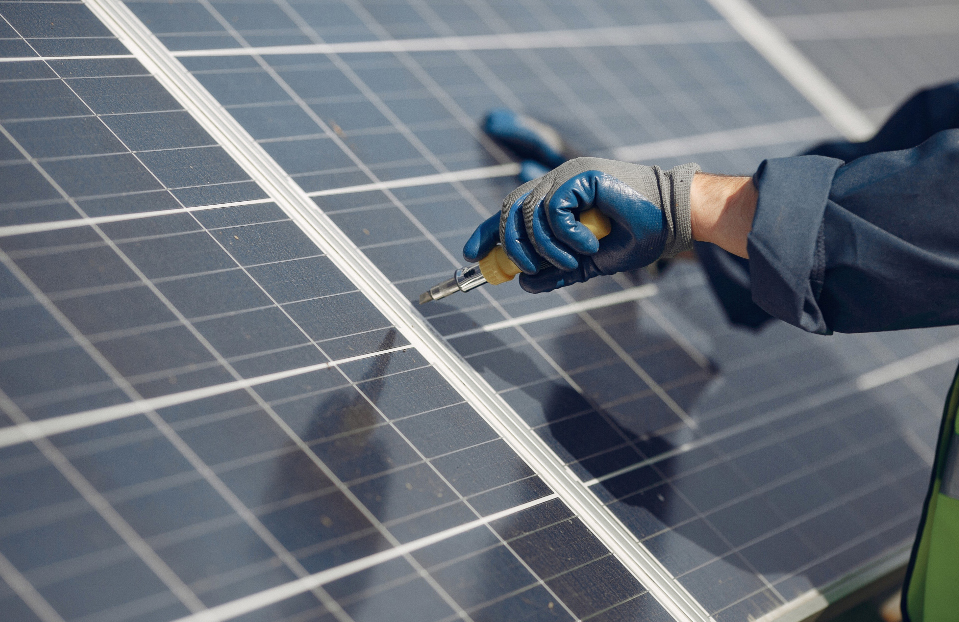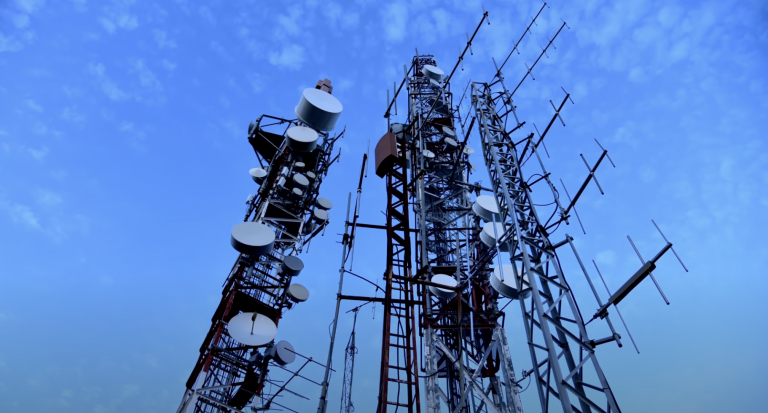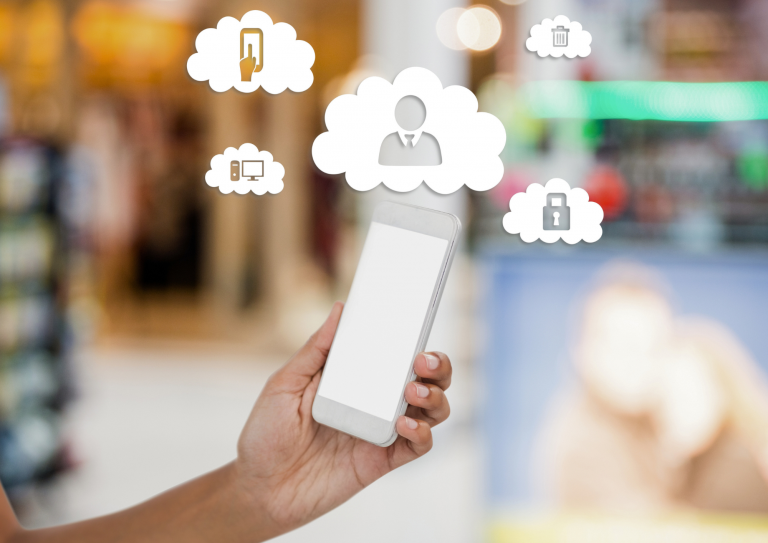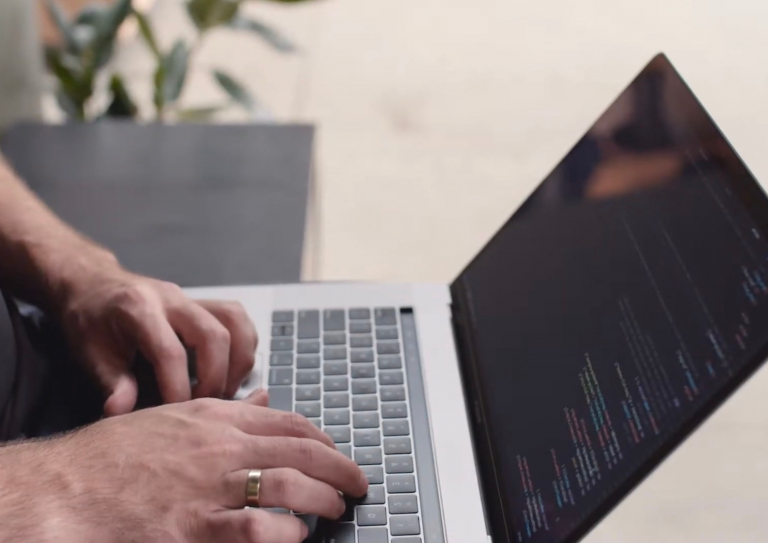Rising utility costs have many people looking to get off the grid. Out of the numerous alternative energy sources available, solar energy seems to be the most cost-effective. However, solar panels have steep challenges you must overcome to use them, making people wonder if they are worth it.
What We'll Cover
- Solar Panels Are Worthy Investments for Most Homeowners
- Understanding the Average Payback Period for Residential Solar Panels
- Everything is Based on Your Electric Bill
- The Average Cost of Residential Solar Panels
- Residential Solar Panel Maintenance and Life Span
- Solar Power's Limiting Factors
- How You Can Improve the Value of your Solar Panel Investment
- General Tips and Advice for Solar Panel Shopping
- Solar Panels Will Improve Your Home's Value
- Save More with Multiple Quotes
- The Biggest Providers Are Not Always the Best Providers
- You Only Need Enough Solar Panels to Meet Your Energy Needs and Goals
- Solar Batteries are Not Required but Can Help
- Conclusion
For most homeowners, installing solar panels is worth their investment and maintenance costs. Depending on your area, solar cells can supplement or even replace your utility energy consumption. The only limitations are:
- Local climate
- Orientation of your property
- Type of solar system you have
- How you plan to use your solar panels
These limitations can vary between regions. So, the right solar panel solution will vary regionally as well. Read further to learn how to identify the solar power limitations in your area and how to overcome them.
Solar Panels Are Worthy Investments for Most Homeowners
There are numerous reasons to take your home off the grid. Natural disasters have revealed vulnerabilities in the electrical system. Federal tax credits have also made solar panels extremely affordable. Regardless of the reason, you may be wondering if going solar now is worth the investment.
Generally speaking, solar panels should be well worth the investment, but only if you implement them correctly. The finicky nature of sunlight produces several factors that can reduce or enhance a solar energy system's value.
These factors include:
- Your location
- Available roof space
- Nearby obstacles
- Your energy consumption
- Your local utility rates
- Local solar company prices
You must take these factors into account when buying a solar system or when calculating your payback period. Only then will you know if the return on your investment will be worth the upfront costs of going solar.
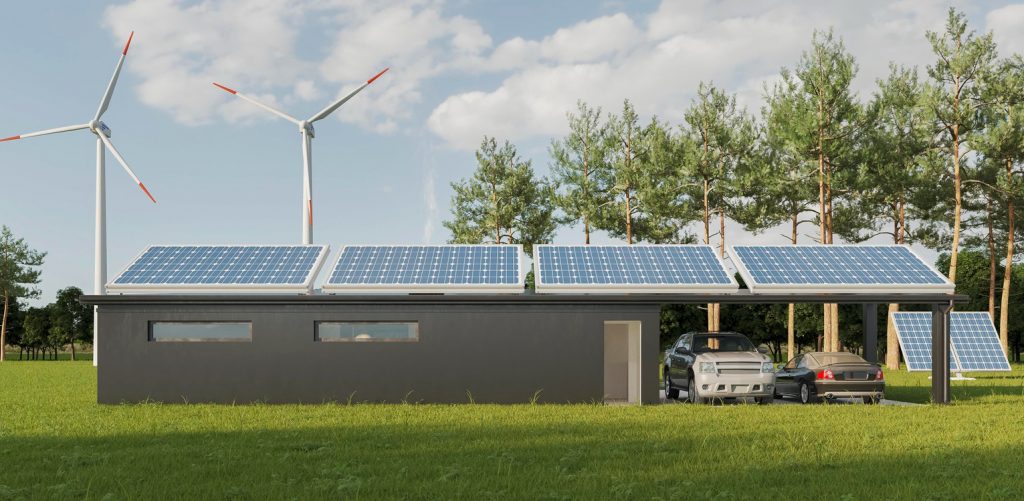
Understanding the Average Payback Period for Residential Solar Panels
While researching your solar panel options, you may come across a few salespeople talking about their products' payback period. A solar system's payback period is the most important and most confusing aspect of any solar panel purchase.
On the surface, it is the time required to earn back the upfront costs in electric bill savings. For instance, the average for most home solar systems is around seven years, which equates to about a 14-percent return on the investment.
While this value will vary between states and regions, the average payback period always provides better returns than other comparable investments. For instance, long-term government bonds only return up to two percent, and your home's value will only increase by as much as 5 percent annually. Even the stock market's historic 9.5% gains are nowhere near the investment opportunity you have with home solar systems.
However, many factors going into it that are often overlooked. They are either very dependent on your situation or appear insignificant at the time of purchase.
Everything is Based on Your Electric Bill
Despite anything a solar panel salesperson can say to you, your current electric bill is the most important factor in determining your payback period. It is the goal you are trying to achieve in savings, and you must fully understand your energy costs to ensure you are meeting your milestones.
You pay for every kilowatt-hour (kWh) of electricity you use from your utility provider. However, the price of electricity fluctuates wildly. The price can vary between towns, states, and even regions. Energy prices can change significantly from one month to the next as well. Some places pay as little as 8 cents per kWh, while others pay more than 20 cents for the same usage.
This volatility can significantly reduce or enhance the savings you would get from a solar panel setup. This is because installation and maintenance costs are usually fixed. Therefore, you will get more out of your panels if your utility bills for on the high end, but homeowners on the low end of the price range may find grid power the better investment.
The Average Cost of Residential Solar Panels

【Reliable】Advanced encapsulation material with multi-layered sheet laminations enhance cell performance and provide a long service life.
【Durable】 positive output tolerance (0-3%); withstands high ...
Solar panel installation prices vary between providers. There are no industry standards, but there are some common industrywide attributes. Many companies quote their rates in "cost per watt" so you can compare their prices to your electric bill.
For instance, the average price for residential solar in 2021 is about $2.49 per watt before federal tax credit, about 70 percent lower than it was a decade ago. At this price, a standard 7-kilowatt (kW) system would cost you around $17,000, or $13,000 with the tax credit.
As such, you may feel that you would get a better deal with a cheaper solar setup. It would be in the short term but leave you with a long payback period. However, higher-quality systems offer higher utility savings which can reduce your payback period. The only way you can be assured that your solar panel setup will give you the most bang for your buck is to carefully research and review all your equipment and financing options.
Residential Solar Panel Maintenance and Life Span
Everyone talks about how solar panels can save you money on your energy costs, but they still must live long enough to provide you those savings. Systems that die young are of no use for you or your wallet.
Fortunately, most well-maintained solar panel installations will last up to 25 years, and more reliable solar companies will offer warranties that will cover any defects within that period. However, no solar panel will produce the same power output over that lifetime. They degrade with age, losing over 80 percent of their output near the end.
Luckily, with the right maintenance, you can extend the lifetime of a good system well over 30 years. You can even ensure that the system will maintain at least 92 percent of its output throughout that time as well. Most of this maintenance is simple; there is nothing to buy either. You just clean them once or twice a year, depending on the local weather. Another important task is inspecting the junction boxes every five years or so.
Solar Power's Limiting Factors
The above pricing values are based on consistent ideal sunlight exposure conditions where it is always sunny, and the panels can access all that light. However, most locations are not ideal, and the local conditions can quickly turn a great solar power investment into a bad decision.
Sunlight Exposure Varies with Location
The main problem is the nature of solar power. The panels only produce electricity when sunlight hits them. Thus, they are most effective where there is a lot of sunlight, such as in Arizona and California. That does not mean you cannot install solar panels elsewhere, but you may not receive as much electricity from those locations, extending your payback period.
Solar Panels Must Face South
Even if you live in the perfect location to use solar power, you still may not reap all the fruits of your investment. Solar panels are fixed objects and only function when light hits them the right way. That means you must orientate them towards the southern sky in a location without any obstacles, as any shade will lengthen your payback period. Even then, you will be limited to how many panels you can install on your roof.
How You Can Improve the Value of your Solar Panel Investment
While you get the most out of solar panels in regions with a lot of sunlight, there is some worth in getting them in other regions. You can live anywhere and still get enough solar savings to get a decent payback period. However, you may need to take extra steps if you live in either New Jersey, New York, or Massachusetts than if you live in Texas.
Buying and Installing Solar Panels as a DIY Project
Given the high upfront costs, many homeowners wonder if they can install their solar panels as a do-it-yourself (DIY) project. The truth is that you can get self-installation kits that let you install, permit, and inspect the panels yourself. Doing so can save you as much as $3,000 or more.
However, you may not want to install the panels as a DIY project depending on your situation. There are some serious pitfalls and hazards that show up if you install the panels improperly. You can damage the equipment, or you can fall off your roof and injure yourself. You also may find acquiring warranties for your DIY solar panels difficult at best. If the risks are too significant for you, we recommend hiring a qualified local solar contractor instead.
You can also hire a local solar contractor to help install the panels with you, but you need to do your due diligence and get multiple quotes from multiple contractors. Many installers charge higher rates for DIY solar kits, making your DIY project cost more than letting an installation company do everything. In these cases, a DIY solar project may not be worth the hassle.
Look for Incentives
There are numerous incentive programs available for homeowners who go solar. For instance, you can claim a 22 percent federal tax credit if you install your solar panels before December 31, 2021. The credit is nonrefundable. So, you cannot use it to lower your upfront costs. Instead, you use it to reduce or eliminate your owed taxes.
Beyond the federal credit, you may discover that there are several state and local credits and industry rebates you can receive. Depending on your state, these incentives can take the form of property tax exemptions, cashback rebates, expedited permits, and waived fees. You may even be allowed to sell your excess electricity to your utility company.
Just be wary of any advances in solar technology. These incentives may go away if the price of solar goes below certain thresholds. For instance, the federal credit was 26 percent in 2020 and will end by 2022. You may want to give yourself enough time to file the applications for these incentives while they still exist.
Watch Trade Policy
Solar panel manufacturers make them using resources from around the world. As such, global trade policies can affect the prices you pay for the equipment. For instance, the 2018 four-year imported solar technology tariff added a 16 cents per watt, or $960 per system, increase to the average price of solar panels.
General Tips and Advice for Solar Panel Shopping
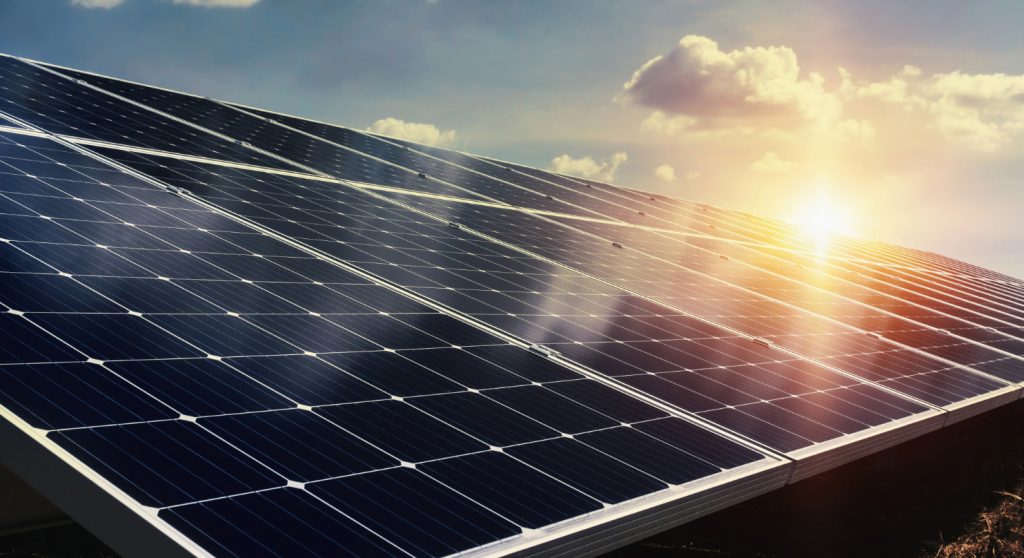
With the proper planning and research, most people will get some benefit from switching to solar energy. While the return on your investment may vary wildly across the nation, there are some standard solar panel options and tips that work everywhere.
Solar Panels Will Improve Your Home's Value
While it does not seem like it would do much, installing solar panels and their associated equipment onto the roof of your house does increase the value of your home. Studies in 2015 and 2019 showed that the average solar energy system added up to $15,000 or about 4.3 percent to a home's price. Installing solar panels might still be worth it to you, even if your payback period extends past your ownership of your home.
Save More with Multiple Quotes
As with any other home improvement project, you want to get the best price available for your solar power system. That means you want to get quotes from multiple solar panel companies and installers.
You also want to take enough time to thoroughly research and consider the equipment options available in your area. If done right, you can save at least 10 percent and avoid paying the often-inflated prices offered by the larger installers in the industry.
The Biggest Providers Are Not Always the Best Providers
Solar power is in an industry where bigger is not always better. While the more prominent installers claim they offer the best value on the market, they are usually the least reliable and most expensive solar panel providers.
A recent report from the U.S. Department of Energy's National Renewable Energy Laboratory (NREL) even noted that many of the industry's bigger players consistently overcharge their customers. Some of them inflated their prices as much as $5,000 over the value of their products with limited available equipment configurations and options.
Because of this, you will want to discover all the options available to you, even from the smaller outlets. The smaller local installers may give you the ammunition you need to not overpay for solar, even if you end up going with a large national chain.
Because smaller solar companies often lack advertising funds, you will need to seek help from an installer network. These networks vet their members to give you the more reliable service and best quotes on solar panels in your area.
You Only Need Enough Solar Panels to Meet Your Energy Needs and Goals
While you do get more electricity by covering your entire roof with solar panels, you may only need that many if you can and will sell that power back to the grid. Most of the time, you only need a few panels to get enough power to run all your applications and then some. As the exact number varies by location, you should ask a local installer or use a solar calculator to figure out how many panels you need.
Solar Batteries are Not Required but Can Help
While industry insiders like to talk about batteries, most residential solar setups do not need them. You will be fine with just the solar panels and the necessary converters. Most utility companies offer net metering services which let their customers sell their excess solar energy. You can save on the costs of the battery installation and gain some extra income for your family.
That does not mean that batteries do not have their benefits. For instance, you will need a battery in case the power goes out. Solar panels only produce electricity during the day. They do not provide 24/7 access to power. Without a battery, you will remain reliant on the power grid during hurricanes and other disasters.
A backup solar battery stores the excess power from the panels for these emergencies.
You may also want to invest in a battery if your utility does not offer net metering or has higher energy rates. In this case, you will not receive anything for your excess output. So, it would be in your best interest to store it for later.
However, they often cost as much as the panels themselves, meaning they have relatively long payback periods. A typical Tesla Powerwall will take about ten years to pay back its $12,00 installation costs. At least, a battery will work when you need it without needing any extra fuel as you would need with a separate generator.
Conclusion
Solar power offers numerous financial benefits that make it well worth the investment. With the correct setup, a good set of solar panels can reduce or even replace your utility costs while they add value to your home. They do not work everywhere, but most people should strongly consider installing them.
The responses below are not provided, commissioned, reviewed, approved, or otherwise endorsed by any financial entity or advertiser. It is not the advertiser’s responsibility to ensure all posts and/or questions are answered.

